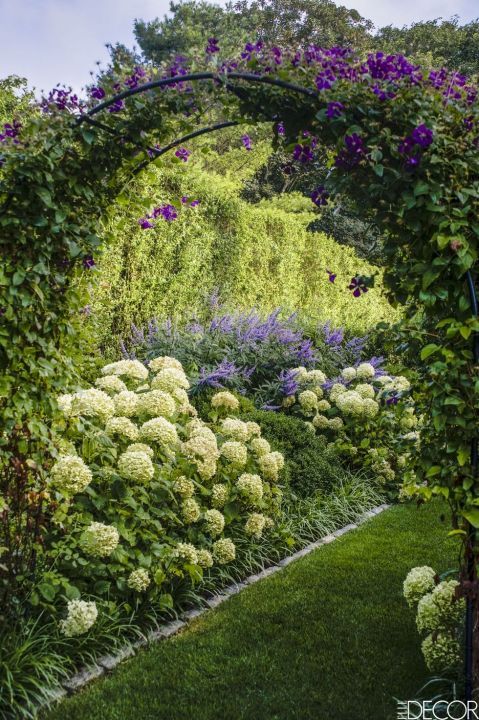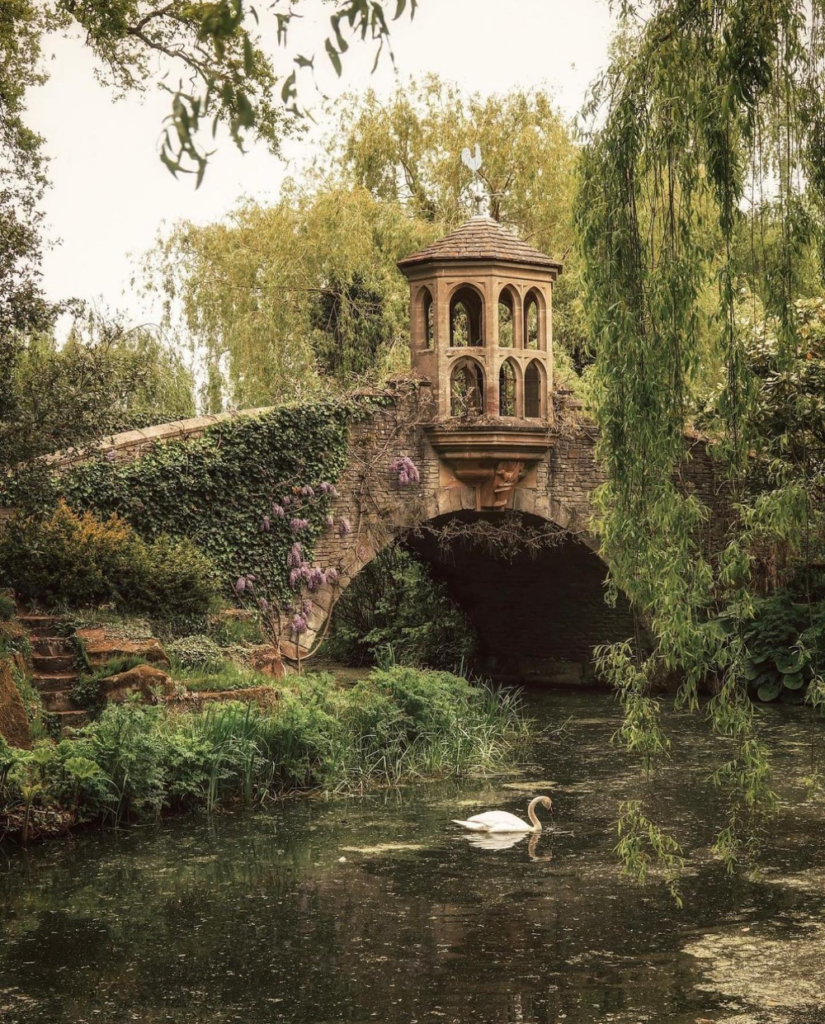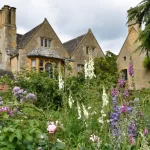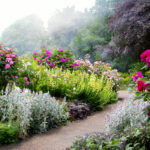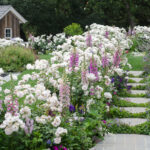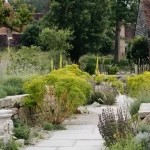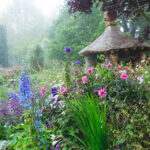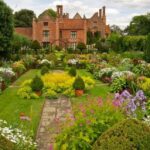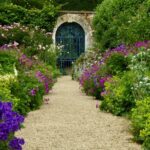English gardens are renowned for their beauty, charm, and meticulous design. They are synonymous with romantic imagery such as colorful blooms, manicured lawns, and elegant pathways. Dating back to the Middle Ages, English gardens have evolved over the centuries to become a symbol of British horticultural excellence.
One of the distinguishing features of English gardens is their formal layout and structured design. Influenced by the principles of Italian Renaissance gardens, English gardens typically include geometric shapes, symmetrical patterns, and carefully manicured hedges. This attention to detail creates a sense of order and harmony within the garden, inviting visitors to stroll along pathways and discover hidden corners.
In addition to their formal elements, English gardens are also known for their abundance of plant varieties. From roses and lavender to hydrangeas and tulips, English gardens showcase a diverse array of flowers and shrubs that bloom throughout the year. This diversity of plants adds color, texture, and fragrance to the garden, creating a sensory experience for visitors.
Another hallmark of English gardens is their use of water features, such as ponds, fountains, and waterfalls. These elements not only provide a focal point for the garden but also add a sense of tranquility and serenity. The sound of running water and the sight of shimmering reflections enhance the overall ambiance of the garden, making it a peaceful retreat from the hustle and bustle of everyday life.
English gardens are also famous for their architectural features, such as gazebos, pergolas, and trellises. These structures not only provide shelter from the sun and rain but also serve as decorative elements that complement the overall design of the garden. Climbing plants like wisteria and ivy often adorn these structures, adding a touch of whimsy and charm to the garden.
Overall, English gardens are a testament to the British passion for gardening and the outdoors. They combine elements of formality and informality, structure and spontaneity, creating a harmonious and inviting landscape that appeals to visitors of all ages. Whether visiting a historic estate or a quaint cottage garden, English gardens continue to captivate and inspire garden enthusiasts around the world.

